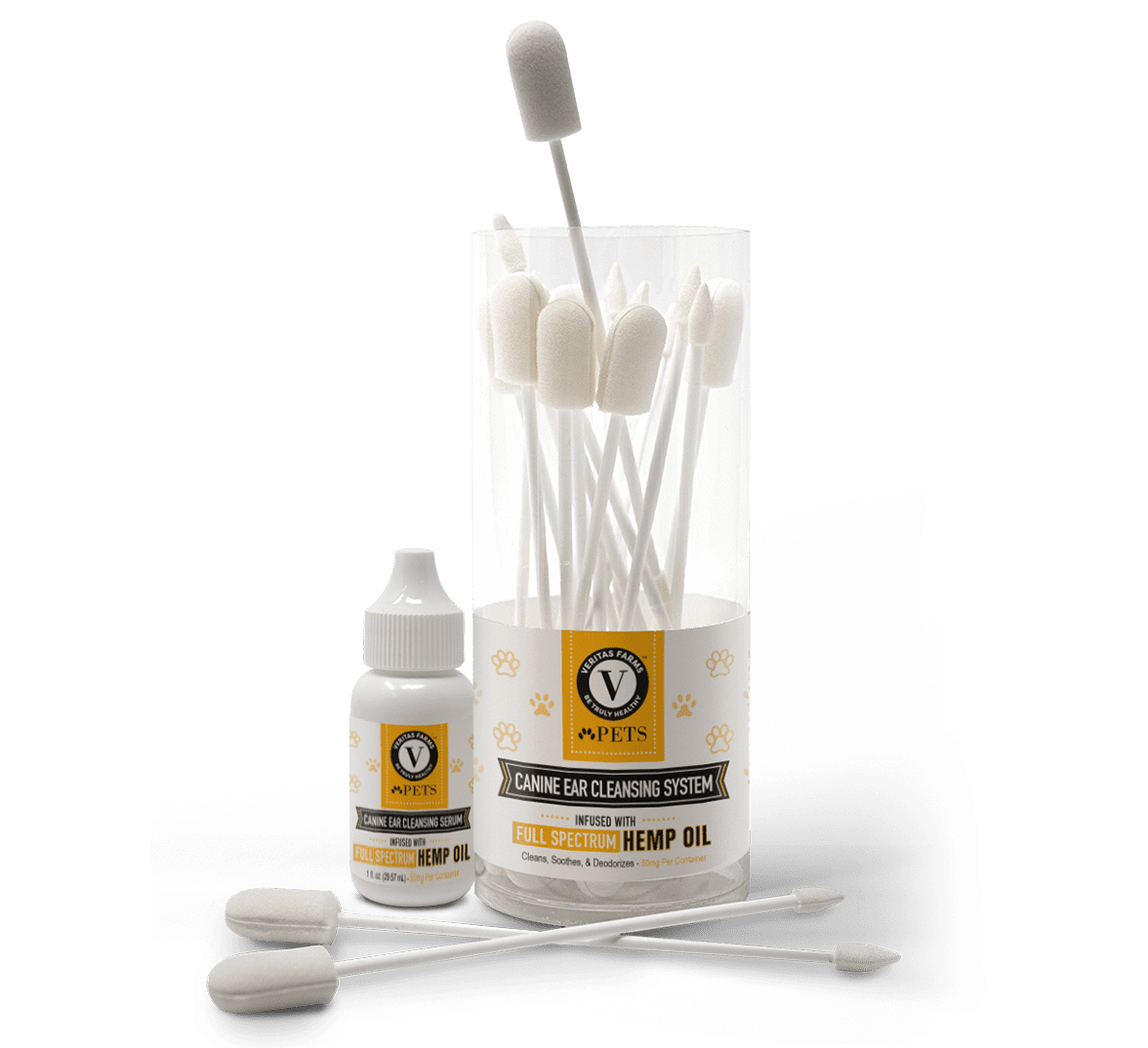

Your veterinarian will most likely ask about the history of your dog’s ear symptoms, and whether or not your pup suffers from allergies. Plus, your veterinarian might be able to use that discharge to make a diagnosis. It might only cause more pain and make the issue worse. Ear infections are a serious medical issue that should be treated by a veterinarian.ĭon’t try to clean out your dog’s ears with a Q-tip or piece of tissue. If you notice any of the above symptoms in your dog, don’t try to deal with the problem yourself. Since ear infections can wind up being quite painful for your dog, it’s important to get the issue dealt with as soon as you notice symptoms. Scratching, pawing, or rubbing at the ears, possibly accompanied by whining.Redness and/or inflammation in the ear canal.The signs of an ear infection are usually fairly obvious - you’ll be able to tell that something is wrong with your companion’s ears. An ear infection is something that should be diagnosed and treated by a veterinarian, so let your vet know as soon as you think something is amiss with your four-legged friend’s ears. While an ear infection isn’t the only ear problem that a dog can experience - injury, foreign objects lodged in the ear, and ear mite infestations are just a few other examples - it is one of the most common. That can lead to hearing loss and disruption of balance, sometimes leaving a dog with permanent damage. If an ear infection goes too long without treatment, it’s possible for it to cause damage to the inner ear. These areas contain complex structures that control your dog’s hearing and balance. Past the eardrum comes the middle ear area followed by the inner ear.That sends signals to your dog’s brain to create the sense of hearing. The eardrum is a thin piece of tissue that vibrates when sound waves reach it. The ear canal ends at the eardrum, also known as the tympanic membrane.For this reason, the ear canal is where wax buildup tends to become a problem. The ear canal contains glands that secrete ear wax and oils, known as sebum, into the ear. The ear canal starts just inside the ear opening, and travels down the side of the head before taking a turn inward.Since floppy ears tend to restrict airflow to the ear canal, floppy-eared breeds like basset hounds and cocker spaniels are generally more prone to ear infections and other ear problems. The pinna flops down for some dogs, while it stands up at all times in other breeds. Of course, the pinna might look completely different from dog to dog - there are many variations of ear flaps in our canine companions. The outer flap of your dog’s ear is called the pinna.Your pooch’s ears consist of four main parts: The outer ear flap, the ear canal, the eardrum, and the inner ear. When you understand the anatomy of your pooch’s ears, cleaning becomes a lot easier. Generally speaking, the dog ear works in a similar way to the human ear.
#Xclean a dogs ear how to
Let’s take a closer look at your dog’s ear anatomy, how ear infections work, and how to clean your dog’s ears safely and effectively.

By understanding your dog’s ears and knowing how to clean them properly, you’ll be able to keep everything in great shape in between your dog’s routine checkups at the vet’s office. Some dogs are more prone to ear trouble than others, so they might need more frequent ear cleanings. Regular ear cleaning is the best way to make sure your dog’s ears stay healthy and your dog’s hearing and overall health aren’t impaired in any way. If you don’t know how to clean a dog’s ears and how often to do it, ear wax can build up, grime and dirt can become trapped in the ear, and the chance for a dangerous ear infection goes up. But it’s a very important part of your dog’s care routine.

Ear cleaning probably isn’t the first thing that comes to mind when you think of dog grooming.


 0 kommentar(er)
0 kommentar(er)
